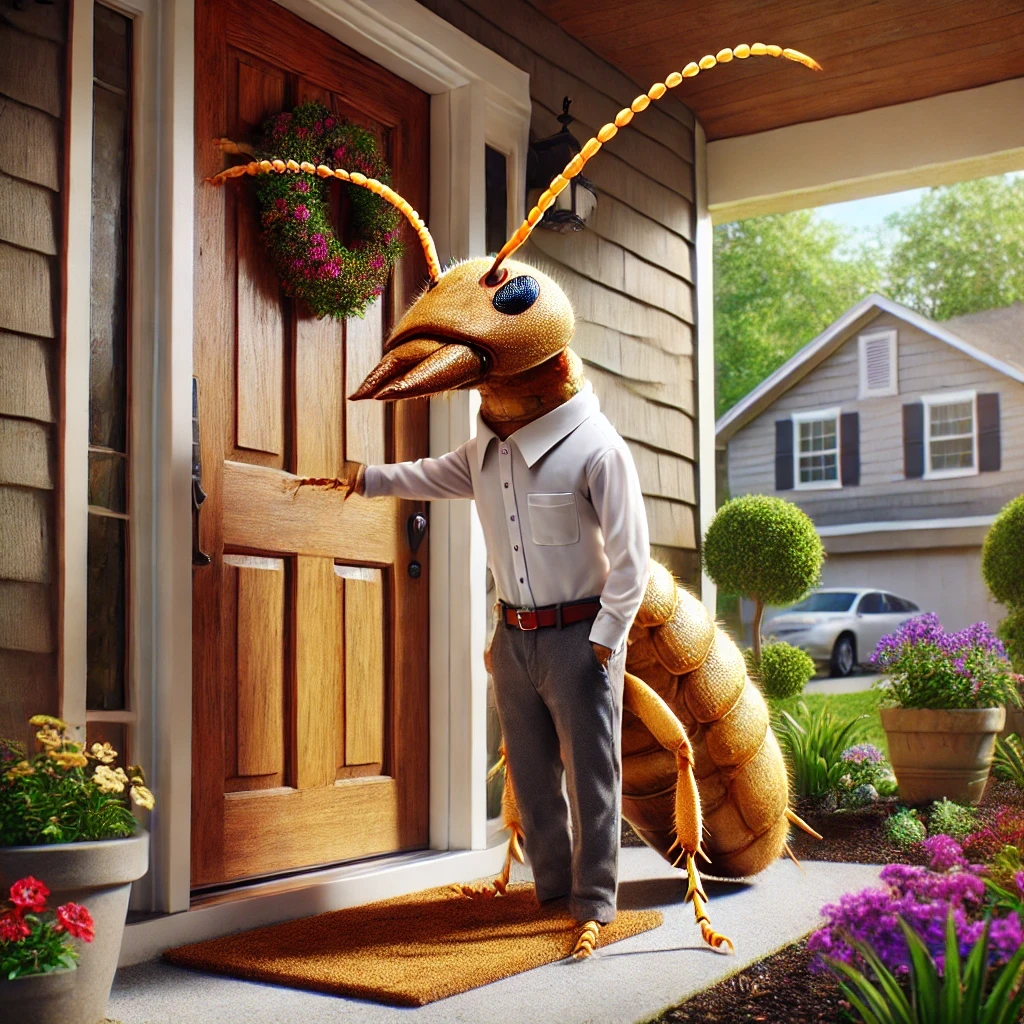How to Dispose of Cicada Shells in St. Louis and Why They Stink
In St. Louis, we know the drill when it comes to the usual cicada, but this season’s emergence has been one for the books. The cicadas leave behind countless shells in your yard and emit a foul odor. Here’s a closer look at why cicada shells stink and effective ways to dispose of them. Want a deep dive, click this link to geek out on all things cicada.
Why Do Cicada Shells Stink?
Cicada shells, or exuviae, are the empty casings left after cicadas molt. When these shells start to decompose, they can release an unpleasant smell. Here are the main reasons why cicada shells stink:
Decomposition:
The organic material in the shells begins to break down, emitting a foul odor.
Microorganisms: Bacteria and fungi that thrive on decomposing matter can produce bad smells.
Accumulation: In St. Louis, where cicadas can emerge in large numbers, the smell becomes more noticeable as the shells pile up. Now that we understand why cicada shells stink, let’s explore some methods to dispose of them effectively.
Effective Ways to Dispose of Cicada Shells in St. Louis
Manual Removal:
Gloves and Bags: Put on a pair of gloves and use a garbage bag to collect the shells. This straightforward method ensures you don’t come into direct contact with the shells.
Rakes and Shovels: Use a rake or shovel to gather larger quantities of shells into piles, then transfer them into bags for disposal.
Composting:
Green Waste Bin: St. Louis city and county residents can utilize the green waste bin for cicada shells. These are organic materials and will break down over time.
Home Composting: You can compost cicada shells in your home compost bin. They add chitin to the compost, which is beneficial for soil health.
Mulching:
Garden Mulch: Crush the cicada shells and spread them in your garden beds as mulch. They will decompose and enrich the soil.
Natural Predators:
Wildlife: Leave some shells for birds and other wildlife that might find them as a food source. This is nature’s way of recycling the nutrients in the shells.
Do Nothing: While you may not enjoy the look of the exoskeleton collection in your yard, you don’t have to do anything. You can leave then where they lay and allow nature to decompose and enrich the soil.
Conclusion
No one in St. Louis should have to deal with a stinky yard filled with cicada shells. By understanding whythey stink and knowing how to dispose of them properly, you can keep your outdoor space clean and enjoyable. Pure Pest + Lawn is here to help you maintain a beautiful yard. Contact us today for more tips and professional pest control solutions. By following these tips, you can keep your yard looking great and smelling fresh. Remember, you deserve a clean and pleasant outdoor space, and Pure Pest + Lawn is here to help you achieve it.





